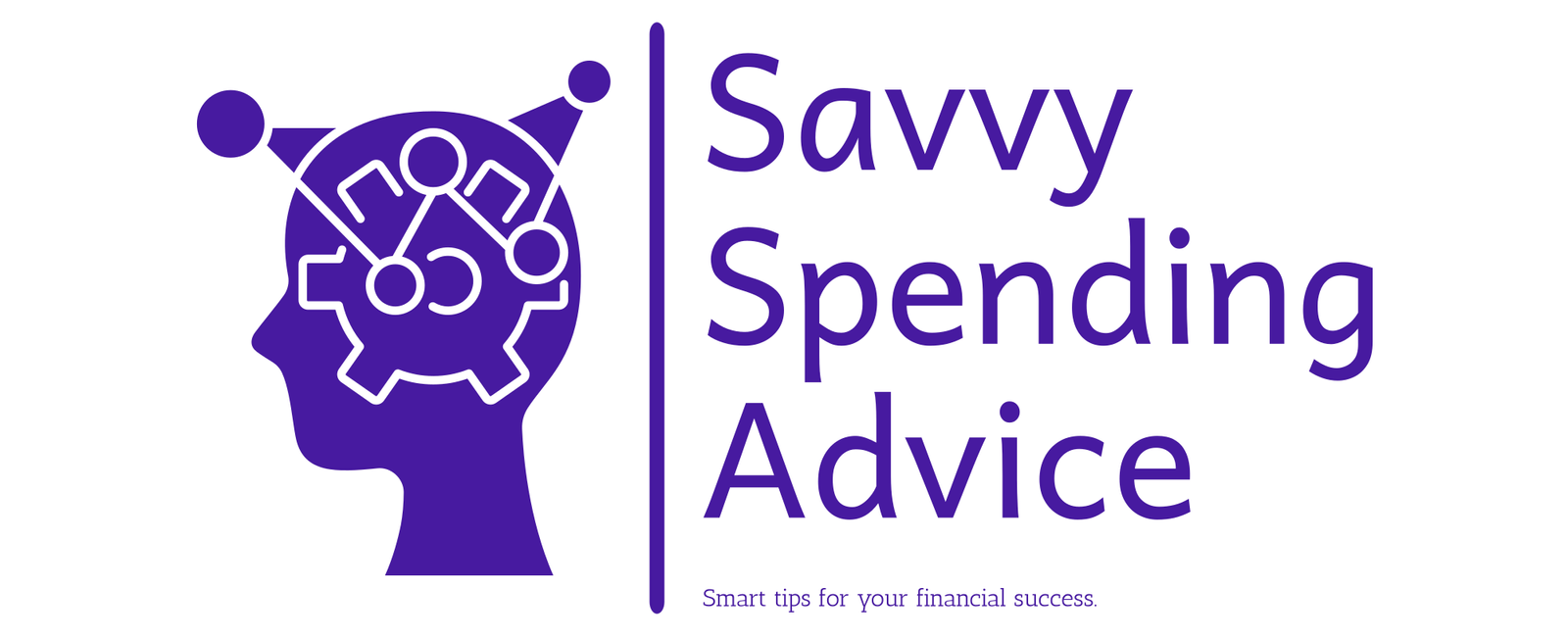Debt can feel overwhelming, but with the right strategies, you can take control and reduce it faster than you ever thought possible. This blog post will explore effective ways to reduce debt quickly, providing you with actionable steps to improve your financial health. From tackling credit card debt to lowering your debt-to-income ratio, you’ll find practical advice to help you on your journey to financial freedom.
1. Create a Realistic Budget
Creating a realistic budget is the foundation of effective debt reduction. Start by tracking your income and expenses to see where your money is going each month. Categorize your expenses into fixed (rent, utilities) and variable (groceries, entertainment) costs. Look for areas where you can cut back and allocate those savings towards your debt.
Steps to Create a Budget:
- List Income Sources: Include your salary, side hustles, and any other sources of income.
- Track Expenses: Document every expense for a month to get an accurate picture of your spending.
- Identify Cutbacks: Find non-essential expenses that you can reduce or eliminate.
- Allocate Savings to Debt: Direct any money saved from cutbacks towards paying off your debt.
2. Use the Snowball Debt Reduction Strategy
The snowball method is a highly effective way to reduce debt quickly. It involves paying off your smallest debts first while making minimum payments on larger debts. The psychological boost from eliminating smaller debts can keep you motivated.
How to Implement the Snowball Method:
- List Debts by Size: Organize your debts from smallest to largest balance.
- Focus on the Smallest Debt: Pay extra on the smallest debt while maintaining minimum payments on others.
- Celebrate Wins: Each time you pay off a debt, celebrate the win and move to the next smallest debt.
- Repeat the Process: Continue this process until all debts are paid off.
3. Adopt the Avalanche Method
The avalanche method focuses on paying off debts with the highest interest rates first, saving you more money on interest over time. This method is particularly effective for reducing credit card debt.
How to Implement the Avalanche Method:
- List Debts by Interest Rate: Rank your debts from highest to lowest interest rate.
- Pay Extra on High-Interest Debt: Allocate extra funds to the debt with the highest interest rate while making minimum payments on others.
- Continue to Next Debt: Once the highest interest debt is paid off, move to the next highest.
- Maintain Momentum: Keep following this strategy until all debts are cleared.
4. Consider Debt Consolidation
Debt consolidation can simplify your payments and potentially lower your interest rates. By combining multiple debts into a single loan, you can manage your debt more efficiently.
Benefits of Debt Consolidation:
- Lower Interest Rates: Potentially reduce the amount of interest you pay over time.
- Single Monthly Payment: Simplifies your finances by consolidating multiple debts into one payment.
- Improved Credit Score: Making regular, on-time payments on a consolidation loan can improve your credit score.
5. Increase Your Income
Boosting your income is one of the fastest ways to reduce debt. Consider taking on a side job, freelancing, or selling items you no longer need.
Ways to Increase Income:
- Side Hustles: Explore opportunities like ridesharing, tutoring, or freelance writing.
- Part-Time Work: Look for part-time jobs that fit your schedule.
- Sell Unwanted Items: Use online marketplaces to sell items you no longer use.
- Monetize Hobbies: Turn hobbies into income-generating activities, like crafting or photography.
6. Reduce Your Debt-to-Income Ratio
Your debt-to-income (DTI) ratio is a crucial factor in your financial health. Reducing this ratio can improve your creditworthiness and financial stability.
Tips to Reduce Your DTI:
- Pay Down Debt: Focus on paying off high-balance debts first.
- Increase Income: Boost your income through side jobs or salary negotiations.
- Avoid New Debt: Refrain from taking on new debt until your DTI is at a manageable level.
- Refinance Loans: Consider refinancing high-interest loans to lower your monthly payments.
7. Utilize Balance Transfers
Transferring high-interest credit card debt to a card with a 0% introductory interest rate can save you money on interest and help you pay off debt faster.
How to Use Balance Transfers Effectively:
- Find a Balance Transfer Offer: Look for credit cards that offer 0% interest on balance transfers for an introductory period.
- Transfer High-Interest Debt: Move your high-interest credit card balances to the new card.
- Pay Off Debt During Intro Period: Aim to pay off the transferred balance before the introductory period ends to avoid high interest rates.
Conclusion
Reducing debt faster requires a combination of strategic planning, disciplined spending, and increased income. By implementing these proven methods, you can take control of your finances and work towards a debt-free future. Whether you choose the snowball method for quick wins or the avalanche method to save on interest, staying motivated and consistent is key. Remember, every step you take towards reducing your debt brings you closer to financial freedom.
Please share It
If you found these tips helpful, consider sharing this post with friends or family members who might benefit. For more advice on personal finance, budgeting, and debt management, subscribe to our newsletter and stay updated with the latest strategies. Together, we can achieve financial independence and secure a brighter future.
By following these steps and remaining dedicated to your financial goals, you’ll be well on your way to reducing your debt and achieving the financial freedom you deserve. Remember, every small step counts, and with persistence and discipline, you can conquer your debt and build a secure financial future.
